Before Christianity came to Europe, it was teeming with a dazzling variety of what are usually called “pagan” beliefs and rituals. I’ve never cared much for this characterization because “pagan” doesn’t really tell us anything other than that people weren’t Christian. It was coined by Christians to categorize and derogate the non-Christian other. Paganism in Norway, for instance, was quite different from paganism in Romania. It is also well known that Christianity, despite its institutional dominance and the allegiance of elites, was far less influential in the countryside and among rural folk, many of whom could be called pagan-Christians or Christian-pagans.
In all its myriad forms, paganism persisted throughout Europe and co-existed with Christianity. What eventually came to known as “folk beliefs” inspired James George Frazer, who collected and described them in his magnum opus The Golden Bough. Similar beliefs fired the imagination of another giant in the field of religious studies, Mircea Eliade, who as a child was so fascinated by the strange rituals of Romanian peasants that he devoted his life to the study of religion.
Were they alive today, Frazer and Eliade would be delighted to learn that many of these beliefs and rituals persist. European folk beliefs have incredible staying power and syncretically mingle with both Christianity and secularism. Fascinating evidence of this comes from Carsten Peter’s new book, Alpen Dämonen (“Demons of the Alps”), which was four years in the making. Spiegel has a nice photo gallery and these comments:
“Peter’s photography book, Alpendämonen, explores 20 different wintertime traditions from the Alps that include gruesome masks, costumed processions and pagan rites. The at times terrifying figures often go by different names, but are most commonly known as Krampus or Perchten, who serve as helpers to Saint Nicholaus. They threaten to punish or even kidnap naughty children when he visits on the evening of Dec. 5, ahead of the Feast of St. Nicholas the following day.
Other monsters are the symbolic expression of driving out winter and its demons to herald warmer seasons to come, and their costumes and processions vary between regions. In the largely German-speaking northern Italian region of South Tyrol, for example, residents of a town stage the Wudeljagd or “Wudel Hunt,” whereby dragon-like figures called Schnappviecher or “snapping animals,” are slaughtered by men in butcher’s outfits during a procession. The butchers represent spring, which triumphs over winter.”
It sounds a bit like Frazer and would have been his sort of thing had he cared to leave the comforts of Cambridge. He preferred simply to read about these and similar rites. Frazer’s work surely would have been affected or altered if had he seen or experienced something like this (photos Carsten Peter/National Geographic Deutschland):
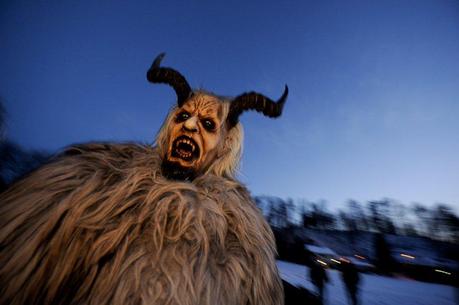
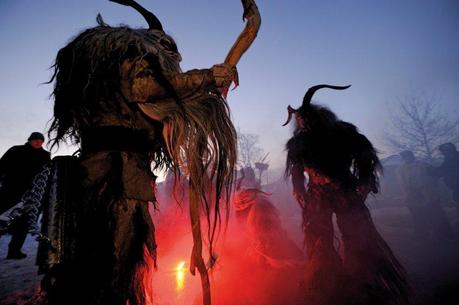
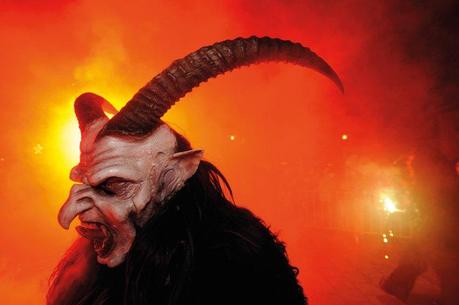
The costumes in these two photos are vaguely reminiscent of those used by peoples of the Northwest Coast:
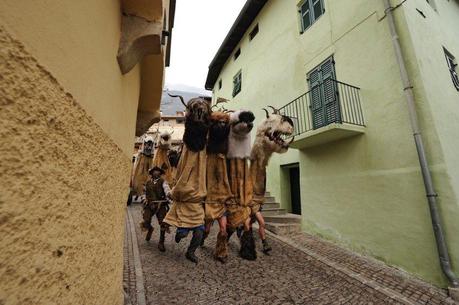
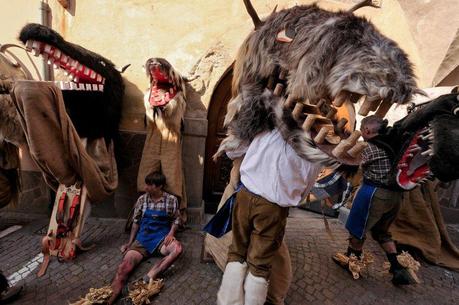
This one seems to have been inspired by the beaked-stuffed masks that doctors wore during the horrors of the Bubonic plagues:
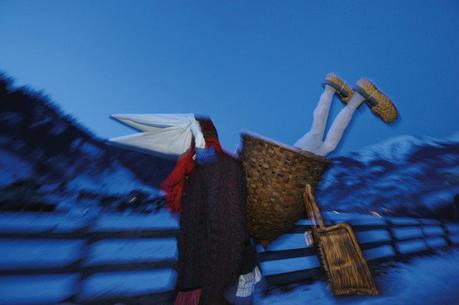
So where are the wild things? In Austria, of course, assisting with Advent (photo Radecker Pass):

The Spiegel reporter seems surprised that these rituals still exist in Europe and notes their similarity to rituals that might be found in New Guinea, native North America, and the Caribbean. Frazer wouldn’t be surprised by this, as he shared Tylor’s view that the human mind is everywhere the same (“psychic unity”) and gives rise to similar kinds of ideas. Only the historical and social settings differ, which accounts for the variation in types of beliefs and kinds of rituals. Given this fact, neither Tylor nor Frazer saw these folk, pagan, or native rituals as being fundamentally different from those of Christianity, Islam, or any of the so-called world religions. They were right.

